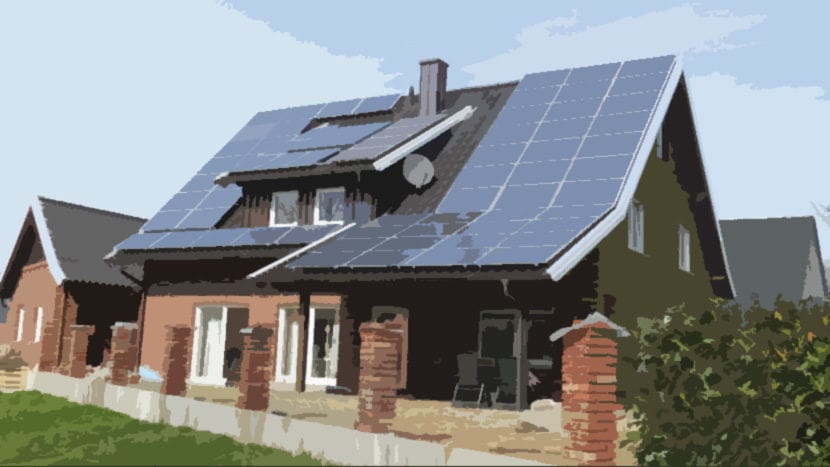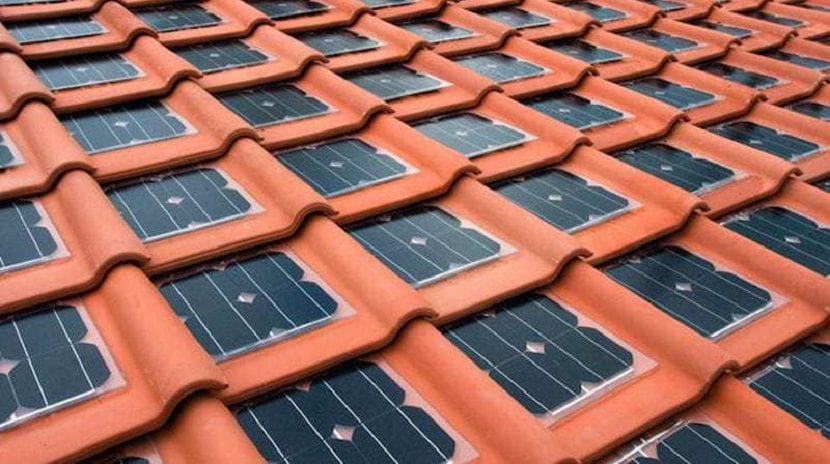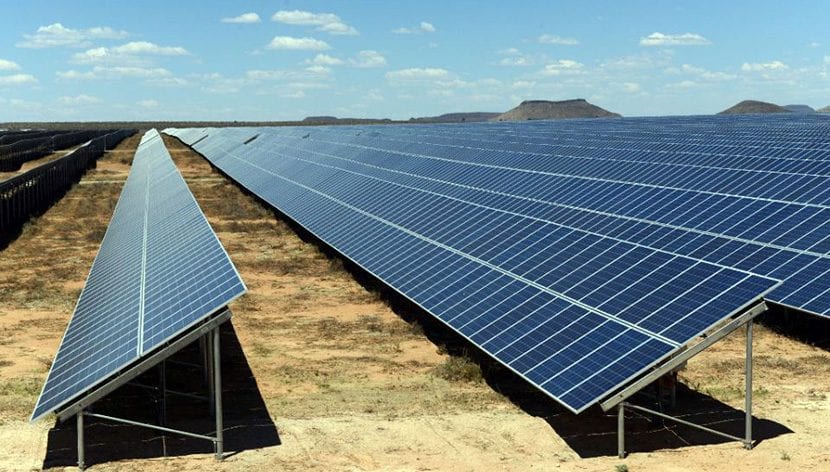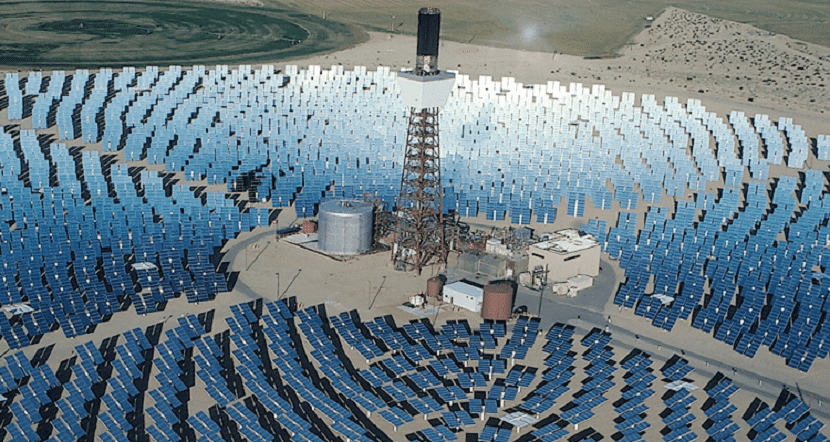
Many times when we think of putting solar panels In any building, we consider the total number that we must place in that place. For this reason, through this article, we will try to explain to you in one clear and simple way how to calculate this number so that it is much easier for you when installing them. This method, for its part, can be used both for a house and for another type of property in which a certain amount of energy is needed that will reach us through these solar panels.
First of all, you should know that solar panels can be placed both in series or in parallel. This must be taken into account, but we must also analyze the energy produced by a solar panel and according to this mainly, we can calculate the total number of solar or photovoltaic panels we need.
Yes, never forget choose a high-quality solar panel, since this type will always generate more energy and if you have any kind of problem it is easier for them to respond, you have to keep in mind Note that you do an installation for at least 25 years.

Solar panels: an installation increasingly used in any type of home
Therefore, to calculate the energy generated by a solar panel during a single day we must apply the following formula. In this case, the total panel energy is the result of the maximum panel current times the maximum panel voltage per hours of the sun peak and by 0,9 which is the coefficient of the performance of the panel. Therefore, the formula is: Epanel = Ipanel Vpanel HSP 0,9 [Whd]
On the other hand, we must also know the energy generated by a single solar panel. In this case, it is also calculated in a very simple way. The formula is as follows:
Ephotovoltaic-generator = Igenerator-photovoltaic · Vgenerator-photovoltaic · HSP · 0,9
It must be taken into account that this is the energy generated by a single solar module, but if what you really need to know is how much energy the entire solar installation (which has several solar panels) will be able to generate, the formula is different. In this case, the current is the result of the association of the photovoltaic modules connected in parallel while the voltage It is obtained from the sum of all the voltages of each of the branches connected in series.
Following these formulas explained above, you will be able to know in a way very easy the number of solar panels you need both in your home and in any other premises or building.
Finally, do not forget to take into account the correct dimensioning of these, since this is essential for supply with full guarantees the energy demand that we have at all times, in addition to that we can use it to limit the economic cost depending on our type of installation.
Solar panels contribute to caring for the environment and biodiversity
Thanks to the great benefits generated by this type of installation, more and more construction companies nowadays have chosen to use this type of installation that is so beneficial for the environment and our planet.
In fact, the solar photovoltaic industry has reason to be satisfied after a record 2015, where the installed capacity of photovoltaic energy reached 229 gigawatts (GW). Only in 2015 50 GW were installed, and the European employers SolarPower Europe predicts a record 2016, in which more than 60 GW will be installed.
In the absence of official information, the report predicts that in 2016 62 GW will be installed worldwide of new capacity. Unfortunately for us most of these new installations are in the Asian markets. China will once again be the driving force behind these capacity increases, since only in the first half of the year it had installed 20 GW of new power.

SolarPower Europe's forecasts are in line with those presented by The PV Market Alliance, whose forecast for the global solar market in 2016 and 2017, predicted that more than 60 GW will be installed this year and more than 70 GW in 2017. In both cases the forecasts are less optimistic than those predicted by Mercom Capital y GTMResearch, they predict 66,7 GW and 66 GW, respectively, for this year.
Unfortunately, Europe is not going to register a similar trend, but rather the opposite. Despite the fact that the region became the first in the world to overcome the barrier of 100 GW of photovoltaic installed, with a total of 8,2 GW of new photovoltaic installed in the old continent, SolarPower Europe expects demand to decrease by the years 2016 and 2017.

IT IS OF GREAT IMPORTANCE TO APPLY THIS TECHNOLOGY IN EXISTING HOUSES AND TO PROJECT NEW HOUSES WITH SOLAR TECHNOLOGY AS THE FIRST BASIC NEED